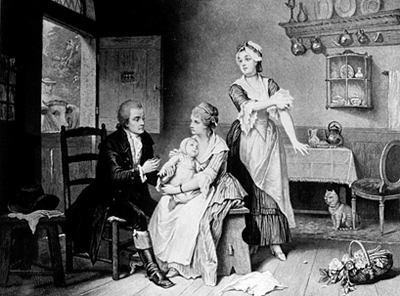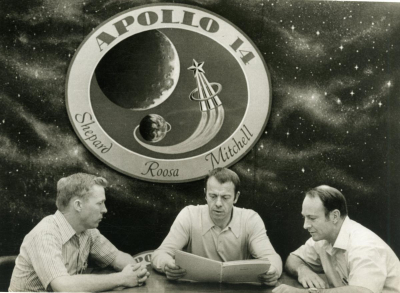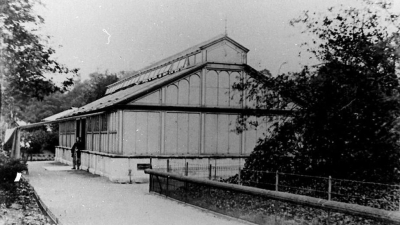When vaccination was born

When vaccination was born
On May 14, 1796, Englishman Edward Jenner tested vaccination on a human subject. Building on conventional wisdom, Jenner introduced vaccination against smallpox, a disease that has now been eradicated.
You probably already know this story. Yes, you read that right. When the world was gripped by the COVID-19 pandemic, the race to find a vaccine dominated news across the globe. And among the countless vaccination related stories, the story of Englishman Edward Jenner also found mention on occasions. But considering that we have collectively forgotten a lot of good that we learnt during the height of the pandemic, you wouldn't be judged if you have forgotten Jenner’s story too.
Born in Berkeley, Gloucestershire on May 17, 1749, Jenner was the eighth of nine children born to the vicar of Berkeley, the Reverend Stephen Jenner, and his wife Sarah. He was apprenticed to a local surgeon at the age of 14 and then trained in London. Returning to Berkeley in 1772, he spent much of his career as a doctor in his native town.
Cowpox doesn't kill
During his time as a medical student, Jenner observed that milkmaids who had contracted a disease called cowpox, which caused blistering on cow's udders, did not catch smallpox. While cowpox led to few ill symptoms among these women, smallpox caused severe skin eruptions and high fevers among humans. Believed to have existed for thousands of years, smallpox was one of the most devastating diseases known to humanity and killed millions through the centuries.
Jenner decided to put the conventional wisdom into practice and devised an experiment. On May 14, 1796, Jenner took fluid from a cowpox blister on milkmaid Sarah Nelmes. He inserted the pus taken into an incision on eight-year-old James Phipps' arm.
The eight-year-old experimental subject fell mildly ill with cowpox a few days later, but was well again a week later. While this helped Jenner learn that cowpox could pass from person to person as well as cow to person, his next step was to find out if the experiment would protect Phipps from smallpox.
Ethical debate
Starting on July 1, Jenner repeatedly inoculated Phipps with smallpox matter. While ethicists now debate if such an experiment would be possible today, it was possible in Jenner’s time. And to his relief, the boy, who had been inoculated with cowpox, was now immune to smallpox, just as he had anticipated.
Having succeeded at what he set out to do, Jenner submitted a paper describing his experiment to the Royal Society in 1797. His revolutionary ideas weren't immediately accepted and he was asked for further proof.
Not one to be daunted, Jenner experimented with several others and in every case he was unable to infect them with smallpox if he had vaccinated them, or if they had contracted cowpox earlier naturally. He published all his research in 1798 in a book entitled "An Inquiry into the Causes and Effects of the Variolae Vaccinae; a Disease Discovered in some of the Western Counties of England, Particularly Gloucestershire, and Known by the Name of The Cow Pox". It was Jenner who coined the word "vaccine" from the Latin vacca for cow.
Efficacy wins over people
Jenner was still ridiculed, especially by clergymen, who saw his method of inoculating someone with material from a diseased animal as ungodly and even repulsive. The advantages of vaccination and the protection it offered against smallpox eventually trumped the naysayers, and vaccination slowly caught on.
Having become famous, Jenner was able to spend more time researching and offering developments in his vaccine. He carried out research in certain other areas of medicine as well. He died on January 26, 1823.
Jenner's model was adopted by scientists in the centuries that followed, helping them develop vaccines to numerous deadly diseases. As for smallpox, it was declared eradicated in 1980 by the World Health Organisation following a global vaccination programme. The disease that led to the birth of vaccination is also the only infectious disease to achieve this distinction.
Picture Credit : Google


